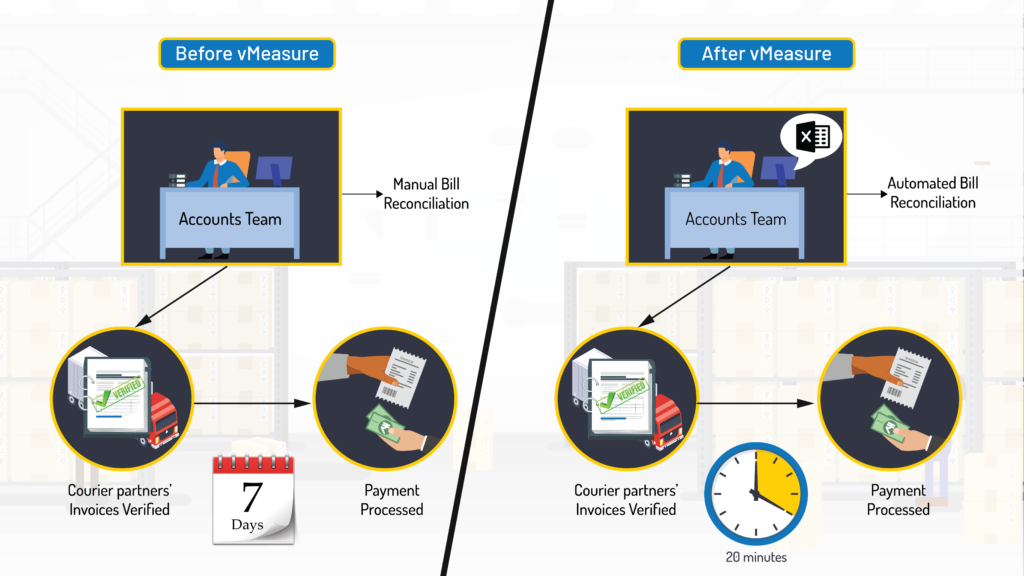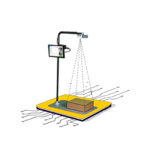What do you think you’ll take away from this episode?
Relevant links:
Podcast Transcript:
From outdated, meticulous audits to investing in the newest and best in data-tracking solutions, now is the moment to take control of your warehouse performance.
Here are a few of the most basic but effective methods to get started:
Numer 1: Conduct thorough operational audits regularly
If you don’t undertake frequent in-house audits, how can you be sure where your company is regarding inventory, safety, or efficiency?
Pay special attention to these components to rev up your audit so that it focuses on efficiency.
Compile easy-to-access registers for managers to update if changes occur after your internal audit is done.
Number 2: Establish your warehouse’s performance objectives
To accomplish this, schedule a meeting with appropriate department leaders and discuss the goals, including target numbers and proposed timelines, flag an official update.
Once it’s done, make proper Inventory-tracking modifications to guarantee that every component of your warehouse is working efficiently.
Number 3: Set KPIs for your warehouse employees
You’ve already set some rudimentary KPIs for your warehouse employees, but now that you have your fresh operational audit inventory counts and fulfillment data, it’s time to make additional changes.
Instead of concentrating on a few key areas, set individual KPIs for each worker or job description.
It’s time to take a holistic look at your fulfillment performance since you’ve revised your warehouse workers’ KPIs to suit your efficiency targets.
Naturally, many things come into play here, and if you’ve been following this list thus far, you’ve already implemented several, but the most disruptive can also be the least evident.
This is Alphonse, Product Manager of VisAI Labs, And that’s the logistics insight for today.






